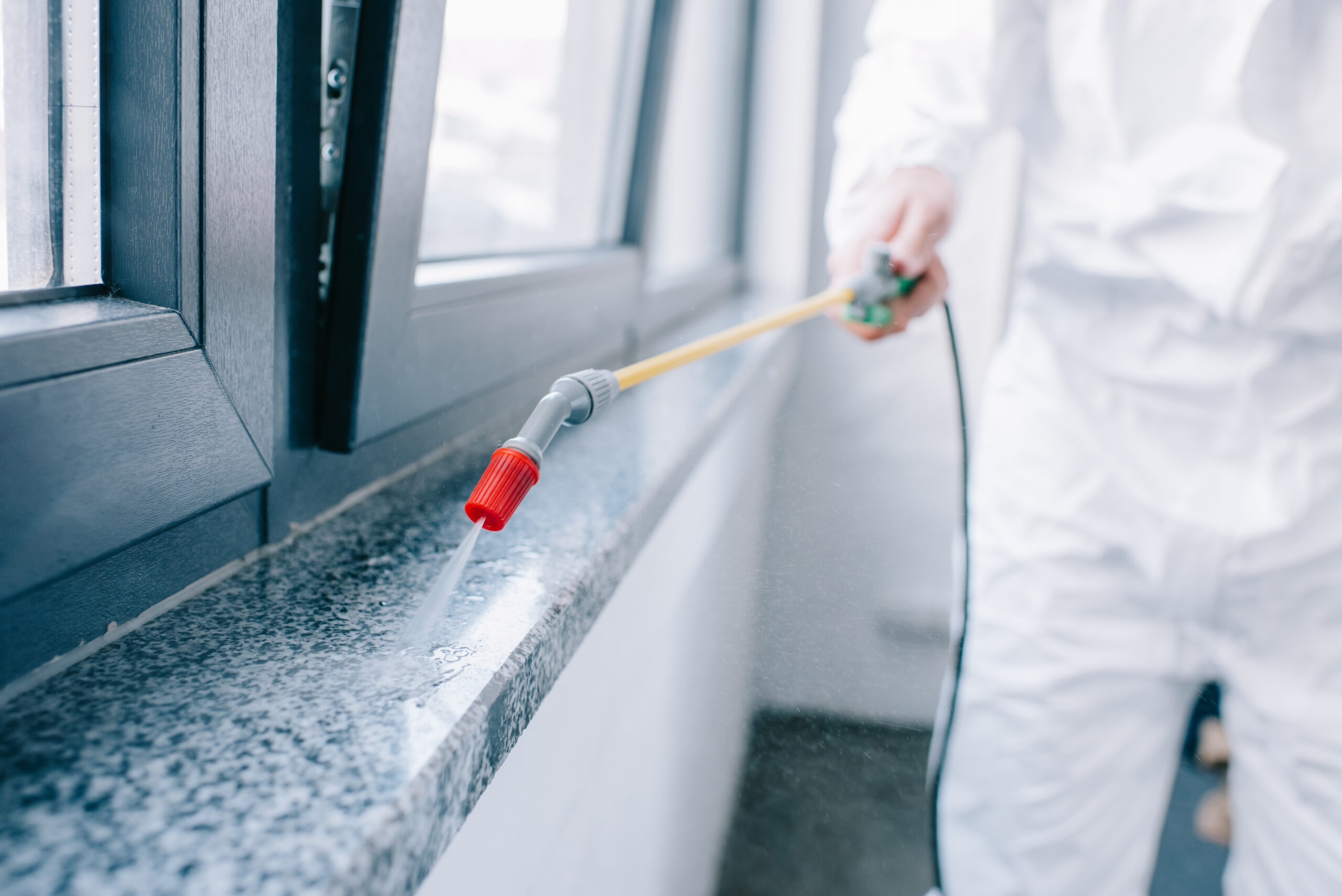DIY Pest Control: Keep Your Home Pest-Free Naturally

Pests can be a nuisance, causing damage to your property and posing health risks to your family. While professional pest control services are effective, they can also be expensive. Fortunately, there are several DIY pest control methods that are both effective and budget-friendly. Here’s how you can tackle common household pests naturally and safely.
1. Identifying Common Pests
Before you start your DIY pest control, it’s essential to identify the type of pests you’re dealing with. Common household pests include:
- Ants
- Spiders
- Rodents (mice and rats)
- Cockroaches
- Termites
- Mosquitoes
- Bed Bugs
Knowing what pests you have will help you choose the most effective control methods.
2. Natural Pest Control Methods
Ants
- Vinegar Solution: Mix equal parts of water and white vinegar in a spray bottle and apply it to areas where ants are seen. The vinegar disrupts their scent trails.
- Citrus Peels: Place citrus peels in areas frequented by ants. The strong smell acts as a deterrent.
- Cinnamon and Cayenne Pepper: Sprinkle these spices around entry points to repel ants.
Spiders
- Essential Oils: Spiders dislike strong scents. Mix 10-15 drops of essential oils like peppermint, tea tree, or eucalyptus with water in a spray bottle and apply it around windows and doorways.
- Vinegar Spray: A mixture of water and vinegar can also deter spiders when sprayed in corners and crevices.
Rodents
- Steel Wool: Use steel wool to fill small holes and gaps in walls and around pipes. Rodents cannot chew through it.
- Peppermint Oil: Soak cotton balls in peppermint oil and place them in areas where rodents are likely to enter. The strong smell repels them.
- Traps: Set humane traps using bait like peanut butter to catch and release rodents away from your home.
Cockroaches
- Boric Acid and Sugar: Mix boric acid with sugar and place it in areas where cockroaches are active. The sugar attracts them, and the boric acid kills them.
- Baking Soda and Sugar: A safer alternative, this mixture works similarly to boric acid and sugar.
Termites
- Cardboard Trap: Wet some cardboard and place it near the infestation. Termites are attracted to it. Once they gather, dispose of the cardboard.
- Nematodes: These microscopic worms are natural predators of termites and can be applied to the soil around your home.
Mosquitoes
- Remove Standing Water: Eliminate standing water around your home where mosquitoes breed.
- Essential Oil Sprays: Use sprays made from citronella, lavender, or eucalyptus oil to repel mosquitoes.
Bed Bugs
- Diatomaceous Earth: Sprinkle food-grade diatomaceous earth around bed frames and in cracks. It dehydrates and kills bed bugs.
- Heat Treatment: Wash and dry infested items on high heat to kill bed bugs and their eggs.
3. Preventative Measures
Prevention is key to keeping pests at bay. Here are some tips:
- Seal Entry Points: Inspect your home for cracks, gaps, and holes. Seal these with caulk or other appropriate materials.
- Maintain Cleanliness: Keep your home clean and free of food debris. Regularly vacuum and wipe down surfaces.
- Proper Storage: Store food in airtight containers and dispose of garbage regularly.
- Yard Maintenance: Keep your yard tidy by trimming bushes and removing debris. Ensure that firewood is stored away from the house.
4. When to Call a Professional
While DIY methods can be effective for minor infestations, severe cases may require professional intervention. If you encounter:
- Persistent infestations despite multiple DIY attempts.
- Structural damage caused by pests like termites.
- Health risks from pests such as rodents or bed bugs.
It’s time to call in a professional pest control service.
Conclusion
DIY pest control can be an effective and economical way to keep your home pest-free. By identifying the pests, using natural repellents, and taking preventative measures, you can maintain a healthy and comfortable living environment. Remember, consistent effort and vigilance are key to successful pest management.
For more detailed guidance and product recommendations, check out resources like the National Pest Management Association and Environmental Protection Agency.




